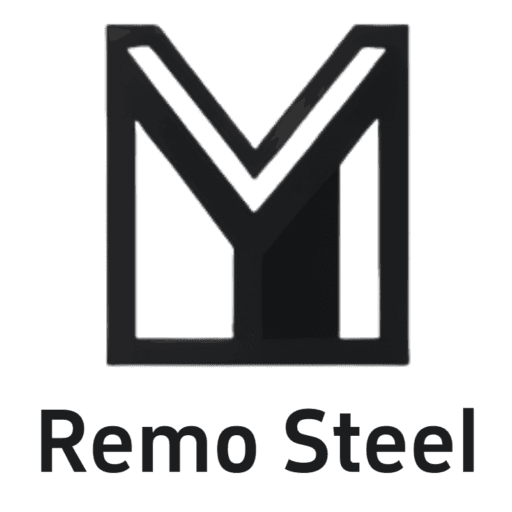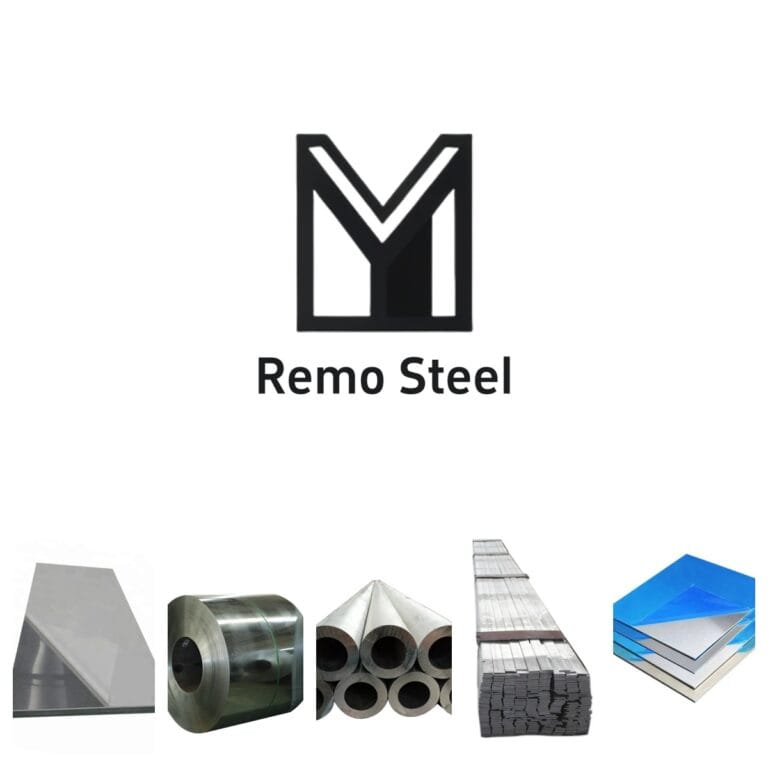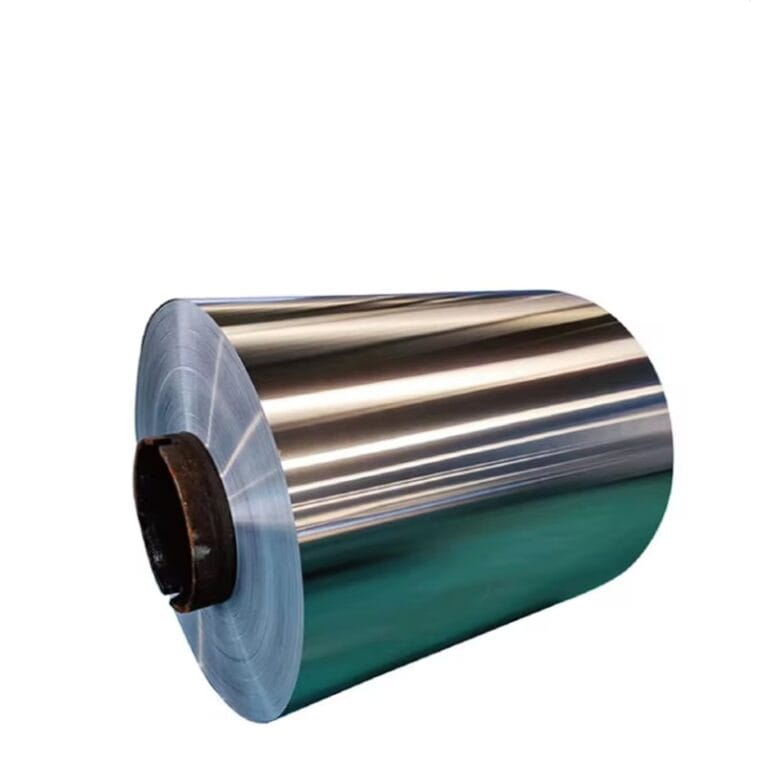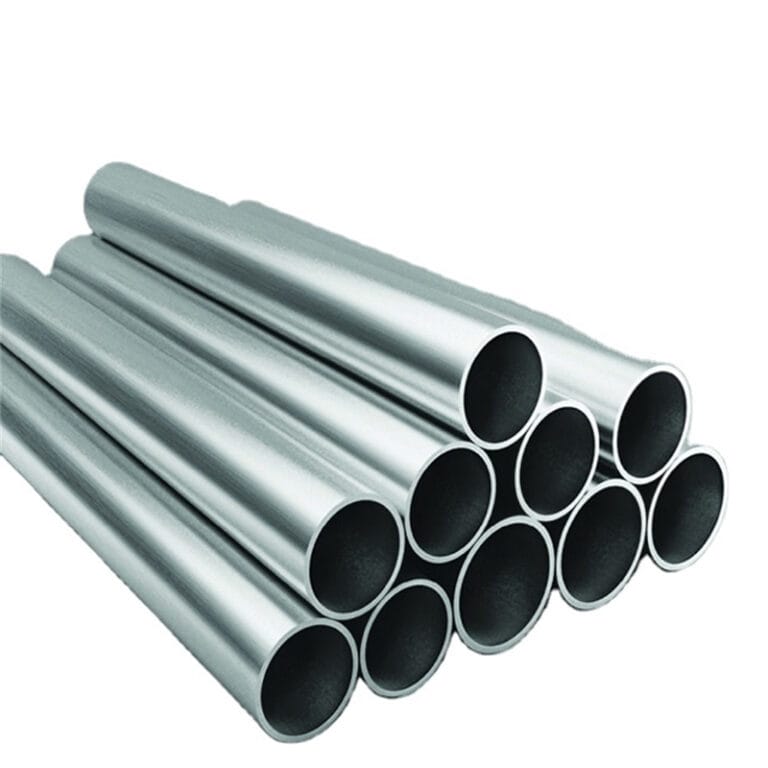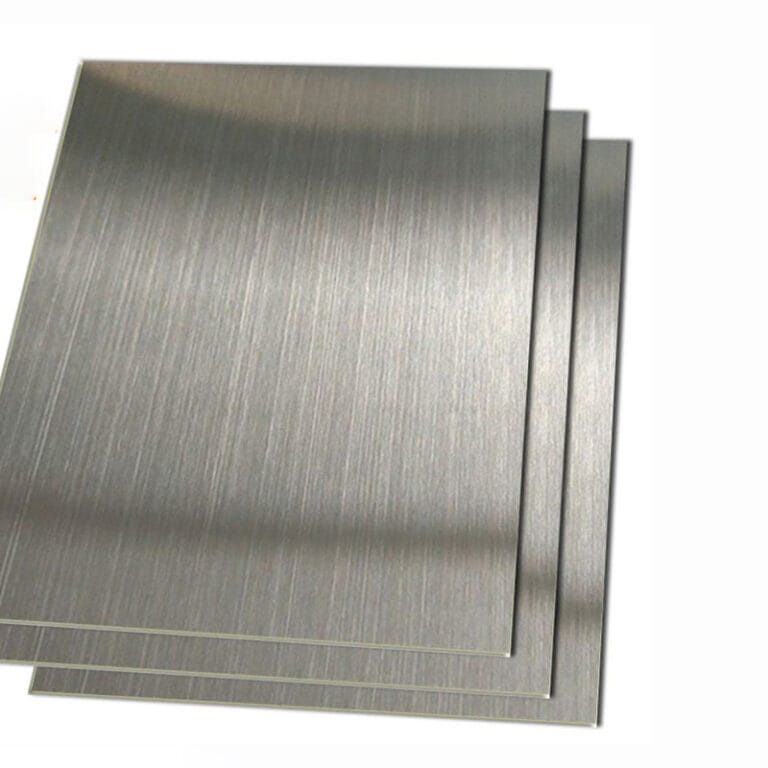As the “tariff storm” rages, what challenges will the steel market face?
In recent days, the United States’ reckless wielding of the “tariff stick” has caused dramatic fluctuations in the world, casting a shadow over the prospects for the world economic recovery. In the short term, the prices of goods exported to the United States by various countries will rise, and the domestic consumption costs in the United States will also increase accordingly, and the stability of the global supply chain will be seriously disturbed. According to preliminary estimates by the World Trade Organization, the tariff measures introduced by the United States since the beginning of this year may cause the overall global commodity trade volume to shrink by about 1% in 2025. In the medium and long term, the United States’ traditional trading partners may take retaliatory tariff measures, exacerbating the global economic division and trade friction. At the same time, the United States’ reckless wielding of the “tariff stick” has also triggered a chain reaction in the global financial market, further exacerbating the global financial market’s concerns about economic recession. As far as the Chinese steel industry is concerned, since the US tariff barriers on my country’s steel have jumped to 60% before, and my country’s direct steel exports to the United States are relatively small, the US “tariff stick” will have little impact on my country’s direct steel exports in the short term, but the indirect impact caused by downstream product exports should not be underestimated. So far, metallurgical enterprises such as China Baowu, Aluminum Corporation of China, China Minmetals, and Fangda Special Steel have successively released equity increase and repurchase plans, clearly expressing their confidence in the long-term stable and positive development of China’s economy and contributing to the maintenance of capital market stability. For steel companies, they should do their own thing, actively adjust market strategies, explore more international markets, optimize export structure, strengthen product innovation, technological innovation, and management innovation, and continue to focus on enhancing the international influence and competitiveness of enterprises.
In short, economic globalization has become an unstoppable historical trend. The US “tariff stick” seems strong, but it is actually a retrograde move against the trend of globalization.
In today’s world economy is closely connected, the United States’ abuse of tariffs is undoubtedly a self-built “prison”, which will eventually backfire on itself.
Steel companies should be prepared to meet greater challenges
The US’s imposition of “reciprocal tariffs” is undoubtedly a subversive event for global trade. Judging from the stock market crashes in major countries such as the United States, European countries, Japan, and South Korea after the policy was introduced, the capital market has a heavy risk aversion sentiment, and the domestic stock market has also been affected.
There are several things that are basically certain about the follow-up of this matter: First, the fickle nature of US President Trump will not change. The so-called “reciprocal tariffs” imposed today may be suddenly cancelled tomorrow. Second, the US’s goal of isolating China will not change. The US’s imposition of “reciprocal tariffs” seems to be aimed at the whole world, but in fact, the main target may be China. Through the path of “imposing tariffs, choosing sides, and forming an alliance”, it forces other foreign trade partners to draw a clear line with my country, posing a huge challenge to China’s foreign trade. Finally, the consequences of the US’s imposition of “reciprocal tariffs” will not change. The United States is the world’s largest consumer and financial country, and my country is the world’s largest industrial producer and second largest consumer. The consequence of the two sides imposing tariffs on each other is that the United States will continue to bear high inflationary pressure, while my country may have to face quasi-deflationary pressure.
For my country’s steel industry, the impact of the US’s imposition of “reciprocal tariffs” mainly has three aspects. It is that my country’s direct steel exports are blocked. The United States is the world’s major steel importer. In 2024, the import volume of steel (billets) reached 31.82 million tons. The main import sources (regions) include Canada, Brazil, the European Union, South Korea, Mexico, etc. Only 890,000 tons of steel are directly imported from my country, accounting for only 0.8% of my country’s steel exports and 2.8% of the United States’ steel imports. Although the US “reciprocal tariff” policy excludes steel, aluminum, gold and copper, the United States has previously imposed high tariffs on steel imported from my country. In addition, Vietnam, South Korea and other countries have taken anti-dumping measures against my country’s steel exports. These will have a significant impact on my country’s direct steel exports. Secondly, my country’s indirect steel exports are under pressure. Among my country’s foreign trade exports, nearly 60% are electromechanical products. According to Steel Home, my country’s indirect steel exports will be about 150 million tons in 2024. In 2024, my country’s exports to the United States reached 3.73 trillion yuan, accounting for 14.7% of my country’s total exports. Among them, more than 50% of the exports were related to steel, especially mechanical and electronic products, with an export value of about 1.55 trillion yuan, accounting for 41.5%. The imposition of “reciprocal tariffs” by the United States may lead other countries to turn to conservatism, which will have a greater impact on net exporters of goods.
Third, the contradiction between domestic supply and demand may intensify. Oversupply is one of the main contradictions faced by my country’s steel industry in recent years. According to a survey by Steel Home, the current production capacity of major steel varieties in my country is basically greater than the output, and the reduction of direct or indirect exports will lead to increased pressure on the fundamentals of the domestic steel market. In recent years, my country’s steel consumption has shown obvious structural changes, with a continuous decline in construction steel consumption and an increase in demand for industrial materials. The direction of product structure adjustment of my country’s steel enterprises is mainly manifested in “general to superior” and “long to plate”, especially the continuous increase in plate production capacity, but this year there may be a situation where both construction steel and industrial materials demand decline. Overall, the imposition of “reciprocal tariffs” by the United States is a systemic risk. In the short term, the increase in market risk aversion will lead to the risk of falling capital markets and commodity prices, and the spot price of steel will inevitably be affected, but it is expected that the duration will not be long. In the medium and long term, the global “tariff war” will lead to an increase in the contradiction between supply and demand in my country’s steel industry, and steel companies should be prepared to meet greater challenges.
发送反馈
侧边栏
历史记录
已保存

